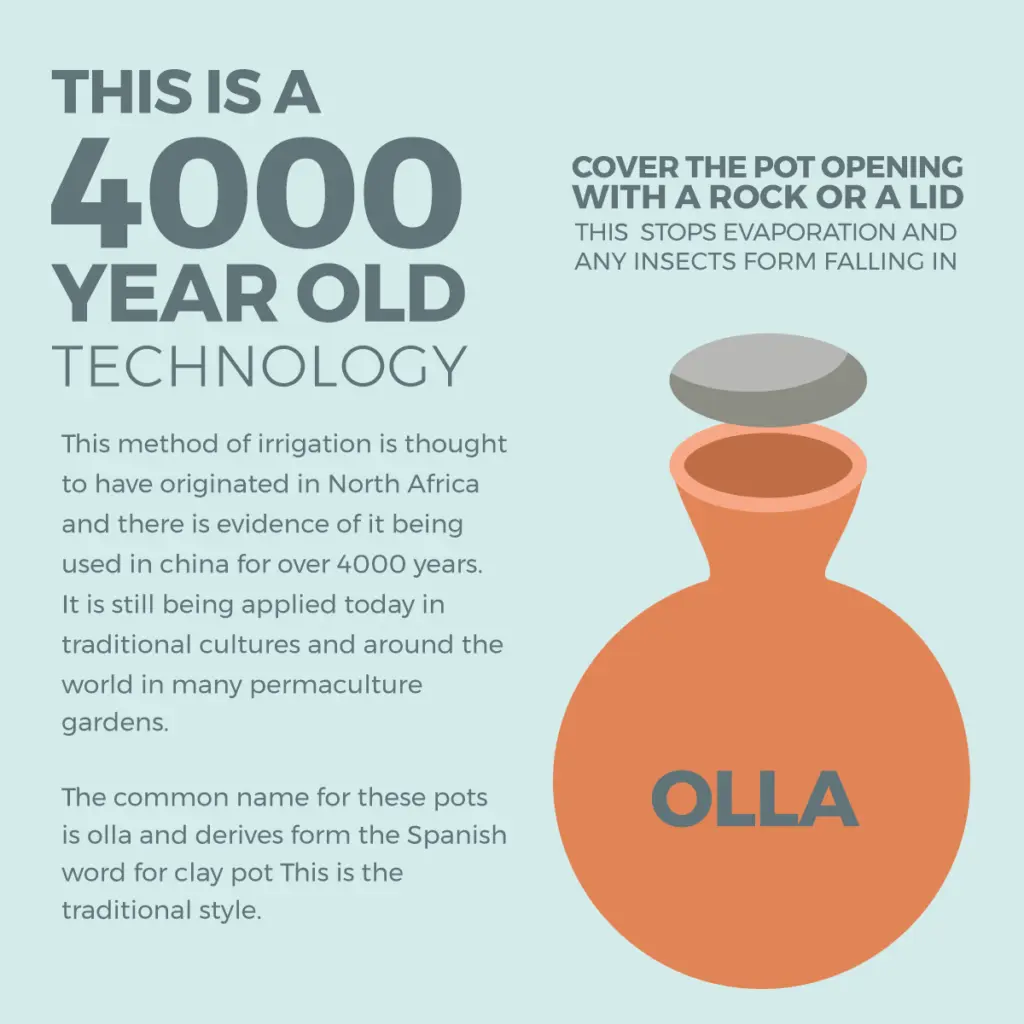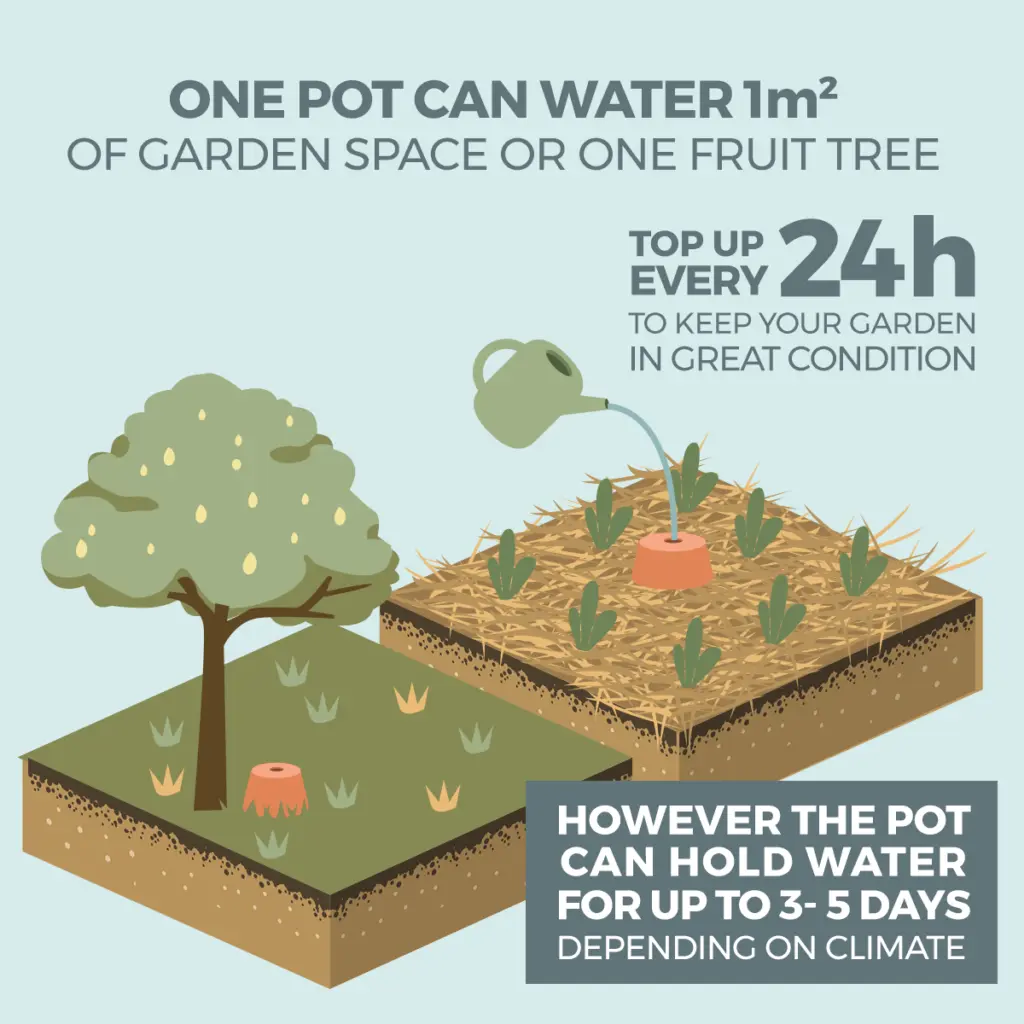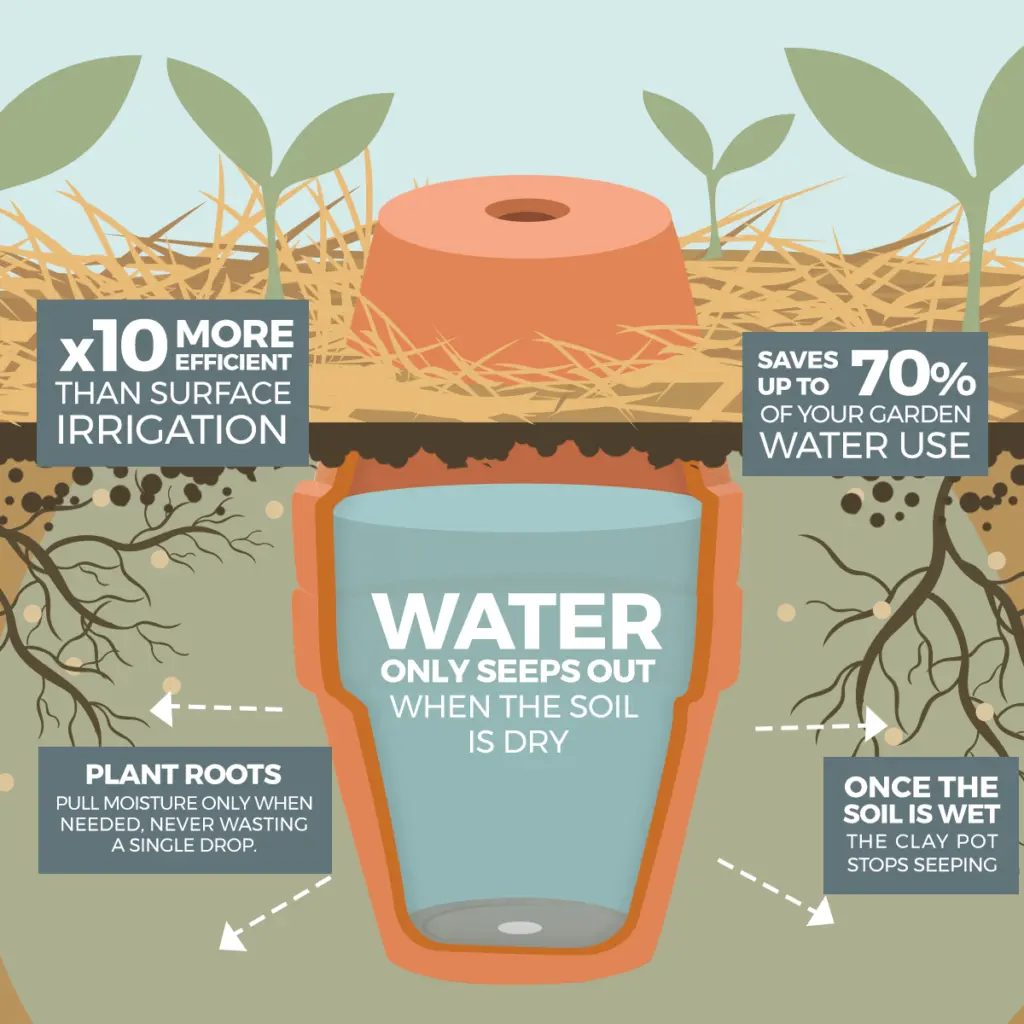Solarpunk Farming
1000 readers
197 users here now
Farm all the things!
Also see:
founded 2 years ago
MODERATORS
1
2
3
4
5
11
Review of AgroSense LoRaWAN Smart Agriculture sensors with the SenseCAP M2 LoRaWAN gateway
(www.cnx-software.com)
6
7
121
Arizona farmers use solar panels to shade crops, improve sustainability
(www.phoenixnewtimes.com)
8
9
11
12
13
14
15
16
17
18
19
20
21
22
23
24
25
view more: next ›
















